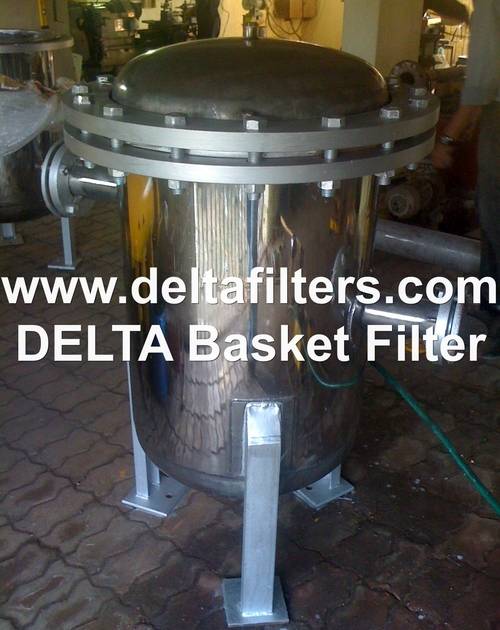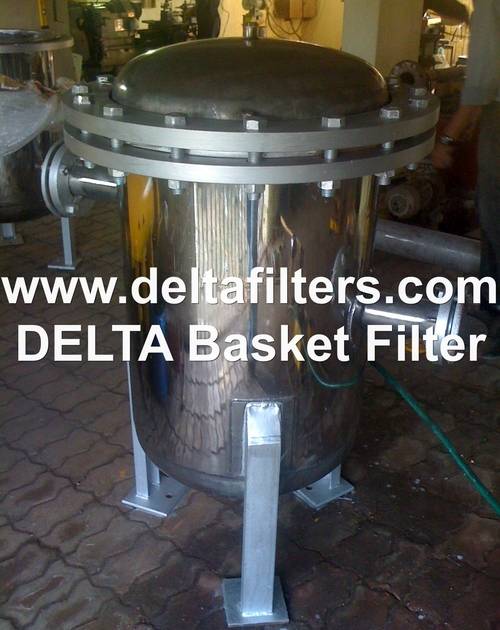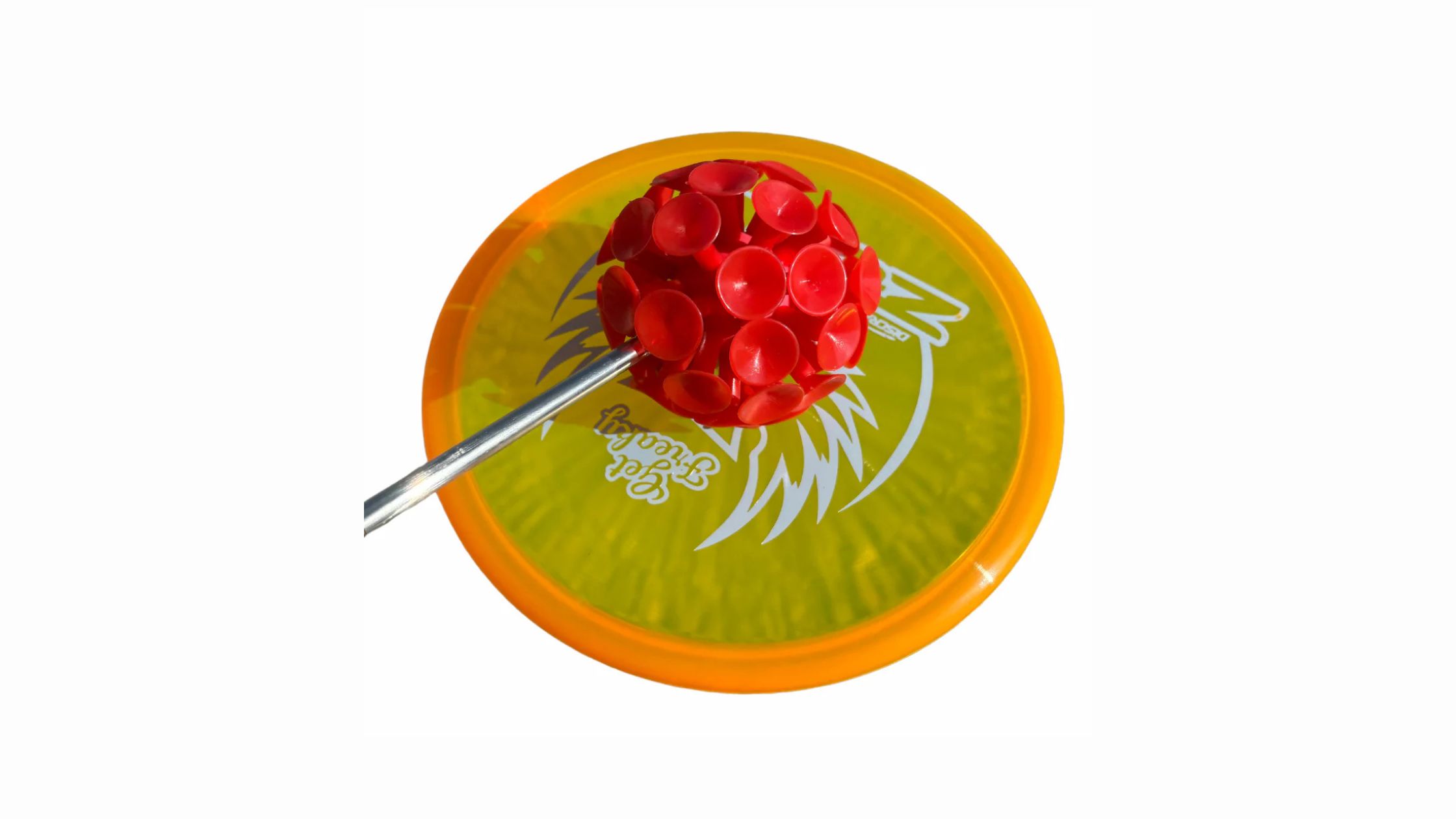
Maintaining Your Basket Type Strainer: Best Practices
- Oct 21, 2024
- | 10
Basket type strainers are essential components in various industrial processes, ensuring the purity of fluids and protecting equipment from particulate matter. While they are engineered for durability and efficiency, like all equipment, they require regular maintenance to keep them functioning optimally.

This blog delves into the best practices for maintaining your basket type strainer, ensuring longevity and reliability in your industrial systems.
The Importance of Regular Maintenance
Regular maintenance of basket type strainers is crucial for several reasons. Firstly, it helps in preventing clogs that can cause system inefficiencies or even damage to machinery through pressure build-ups. Secondly, maintenance ensures that strainers operate at their peak, maintaining flow rates and reducing downtime. Lastly, it can help in prolonging the life of the strainer, ultimately saving costs on replacements.
Inspection: The First Step
Inspection is a critical component of maintenance. It involves checking the strainer for signs of wear and tear, including corrosion, cracks, or damages that could impact its functionality. It's advisable to perform inspections during regular system shutdowns or at intervals recommended by the manufacturer. Any anomalies discovered during inspection should be addressed promptly to avoid bigger issues.
Cleaning: Keeping it Unclogged
Over time, basket type strainers will accumulate particles and debris, necessitating regular cleaning. The frequency of cleaning depends on the amount of debris encountered in your processes and can range from daily to quarterly.
- Shut Down the System: Ensure that the system is safely shut down and depressurized before attempting to remove the basket for cleaning.
- Remove the Basket: Dismantle the strainer carefully, following the manufacturer’s guidelines, to remove the basket.
- Cleaning Process: Rinse the basket under running water to remove loose material. For more stubborn deposits, a soft brush or a specialized cleaning solution recommended for the basket's material can be used. Avoid using harsh chemicals or abrasive tools that might damage the basket's mesh.
- Inspect the Gasket: During cleaning, inspect the gasket and seal for wear and tear. These should be replaced if they show signs of deterioration to ensure a proper seal when the basket is reinserted.
Gasket and Seal Replacement
The gasket and seal play a crucial role in preventing leaks and ensuring the strainer functions correctly. If these components show signs of wear, such as cracking or deformation, they should be replaced immediately. Always use gaskets and seals that match the specifications recommended by the basket type strainer manufacturer to avoid issues with compatibility and sealing.
Preventive Measures
In addition to regular cleaning and inspection, consider these preventive measures:
- Implement Pre-Filtration: In systems where high levels of particulate matter are expected, using a pre-filtration system can help reduce the load on the basket strainer, extending the intervals between cleaning.
- Proper Installation: Ensure that the basket strainer is installed correctly, with the flow direction matching the arrow on the strainer body. Incorrect installation can lead to inefficient filtration and increased wear.
- Use the Correct Mesh Size: The mesh size of the basket should be appropriate for the particulate size expected in the system. Using a mesh that is too fine can lead to frequent clogging, while too coarse a mesh might not provide adequate protection.
Record Keeping
Maintain a log of all maintenance activities, including inspections, cleanings, and part replacements. This record can help in scheduling future maintenance activities and can also provide valuable information if troubleshooting is needed.
Training and Awareness
Ensure that all personnel responsible for maintenance are adequately trained and aware of the importance of the basket type strainer to the overall system. This includes understanding how to properly shut down systems, clean and inspect the strainer, and replace parts as necessary.
Conclusion:
Regular maintenance of your basket type strainer is not just about cleaning; it encompasses inspection, timely replacement of worn parts, and implementing preventive measures. By adhering to these best practices, you can ensure that your strainer continues to protect your system efficiently, minimize downtime, and save costs in the long run. Remember, a well-maintained basket type strainer is key to the smooth operation of industrial processes, safeguarding both the quality of products and the longevity of equipment.



3.jpg)
